In the “dark days” of late February and early March, between the long winter break and the spring vacation week, there is a moment when Colorado Academy’s Middle School brightens with barely contained excitement and anticipation. Students confer over iPads in hushed tones during breaks and study halls; they rush here and there on campus, stopping to investigate seemingly innocuous objects and places; they smile and laugh as a realization hits; and then they are off again.
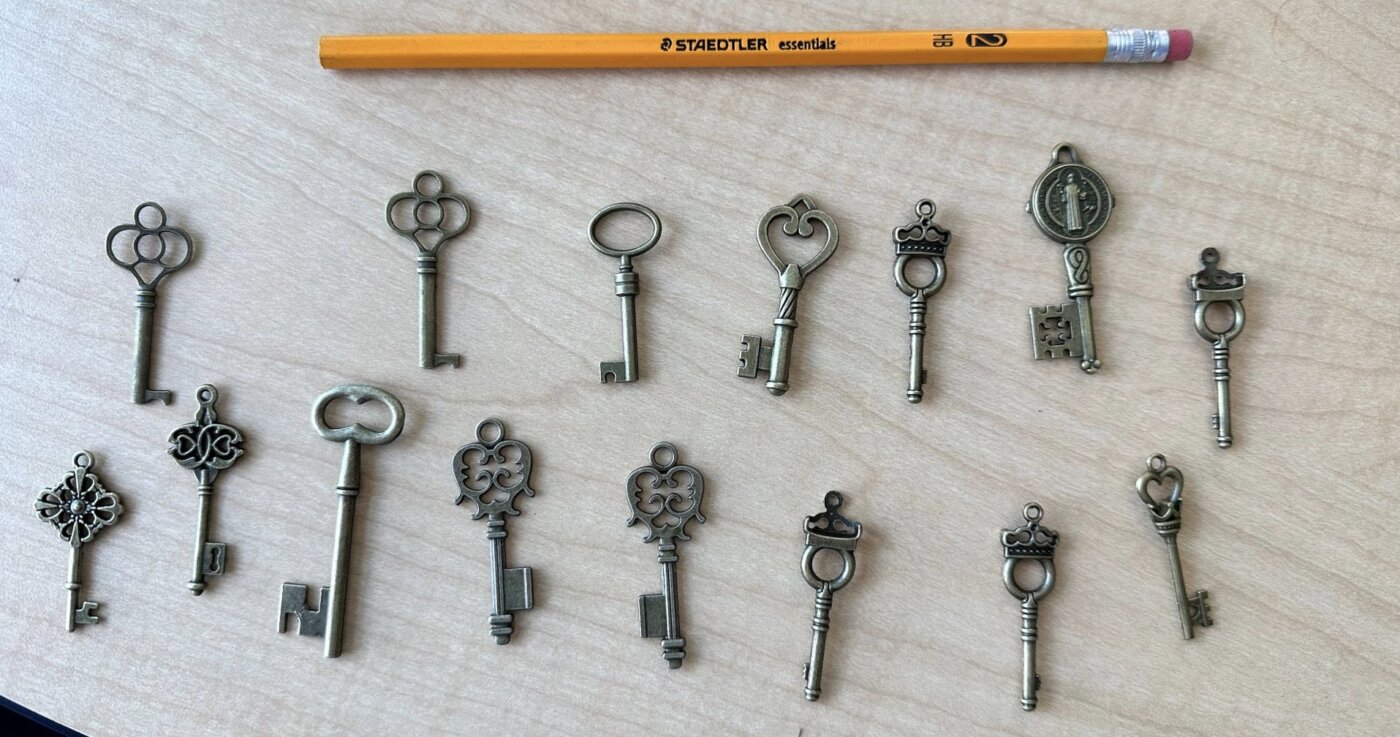
The improbable spark for all this verve is a poetry assignment in Preceptor Matt Olmstead’s Seventh Grade English class: Students team up to craft verses and accompanying illustrations that conceal clues to the locations of 16 antique keys carefully hidden around campus. The rest of the Middle School is then challenged to decode the poetry collection to find the keys. The frantic treasure hunting—and the Ring Pop prizes that Olmstead awards when a key is found—turns ordinary school days into thrilling opportunities for exploration and collaboration.

“The Secret—A Treasure Hunt” is only two years old, but it’s the kind of annual event that feels like it has always existed as part of CA’s DNA. And that, in many ways, is the point, according to Olmstead, the concept’s champion. Olmstead is a CA alum in the Class of 1995 and is married to another CA graduate, classmate Liz (Firman) Olmstead ’95. For both, CA is much more than an institution of teaching and learning.
“As an alum, I want my students to feel a connection to this place and its history,” he explains. Many of the student-authored poems, as well as Olmstead’s own verse contributions, reference obscure bits of CA lore, lesser-known locations, long-demolished buildings, and important figures in the school’s past.
“When I walk around campus, I see the names of my friends or family members or teachers; I think about important things I learned in my time here, like which two Mustang jersey numbers are permanently retired,” continues Olmstead. “I enjoy it when students get to embrace those parts of CA that we all share. They’re connecting to something deeper than themselves.”
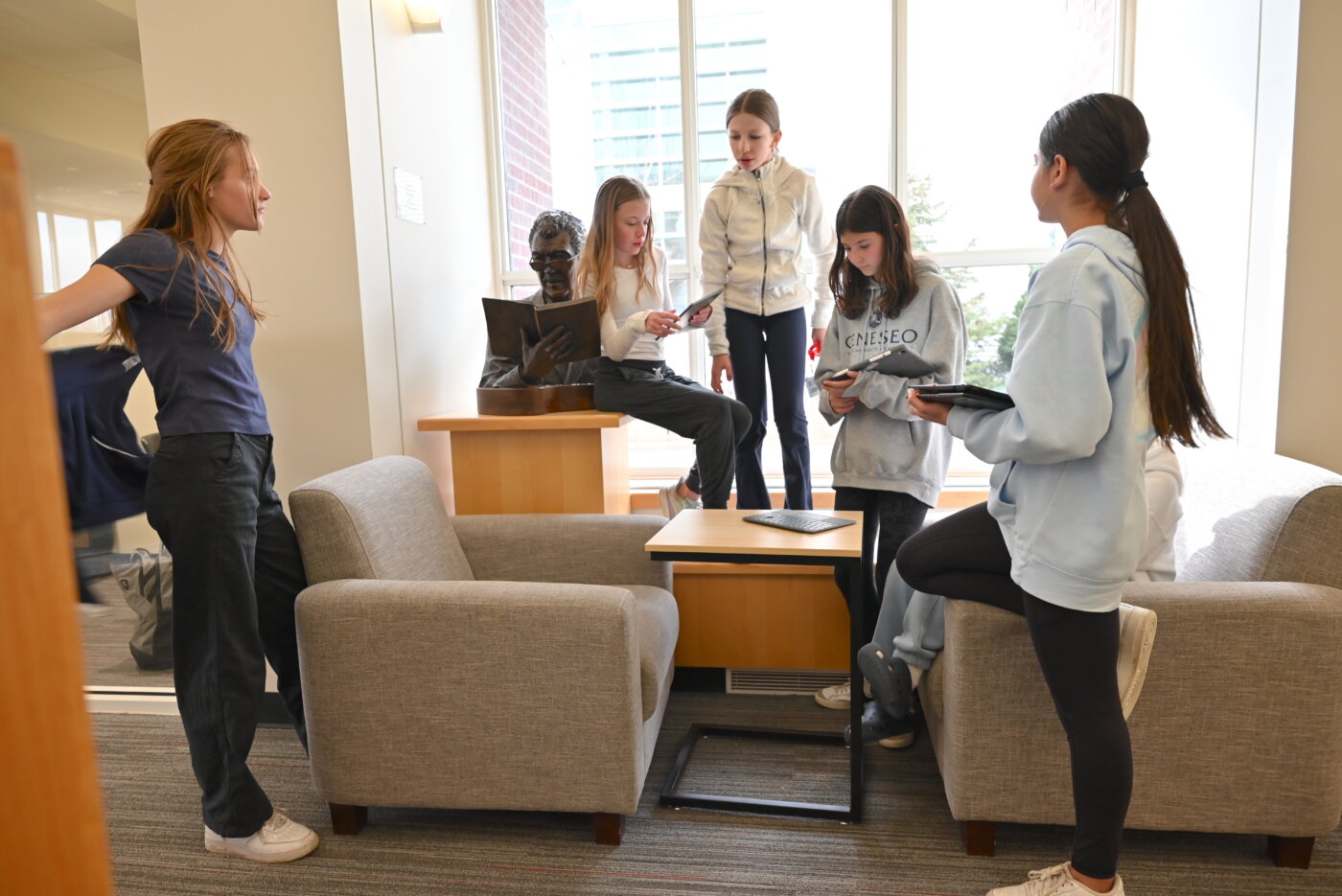

Based heavily on a famous 1982 puzzle-book by Byron Preiss—only three of whose 12 devious puzzles have been solved to date—Olmstead’s “The Secret” sits firmly in the tradition of the armchair treasure hunt, a genre pioneered by British author Kit Williams in his 1979 picture book, Masquerade. That work concealed clues to the location of a jeweled golden hare that had been created and hidden somewhere in Britain by Williams. The book sold hundreds of thousands of copies worldwide and inspired countless treasure hunters until the prize was unearthed four years after its publication.
The Middle School treasure hunt takes only a few frenzied days, acknowledges Olmstead, but it’s no less compelling. Students must “Follow Icarus and squeaky shoes / to the place void of hullabaloos”—referring to the falling “Icarus” bronze suspended from the ceiling in the entryway to Raether Library’s quiet expanse. Or they can try to figure out that one of Olmstead’s verse clues—“The location of where I truly rest / Is found by staring into the white and blue / Just ask John Suter, a CA history teacher I once knew”—points to CA’s tennis courts; the late Suter, as Olmstead and his classmates all knew at the time, had once umpired a match at the U.S. Open Tennis Championships.
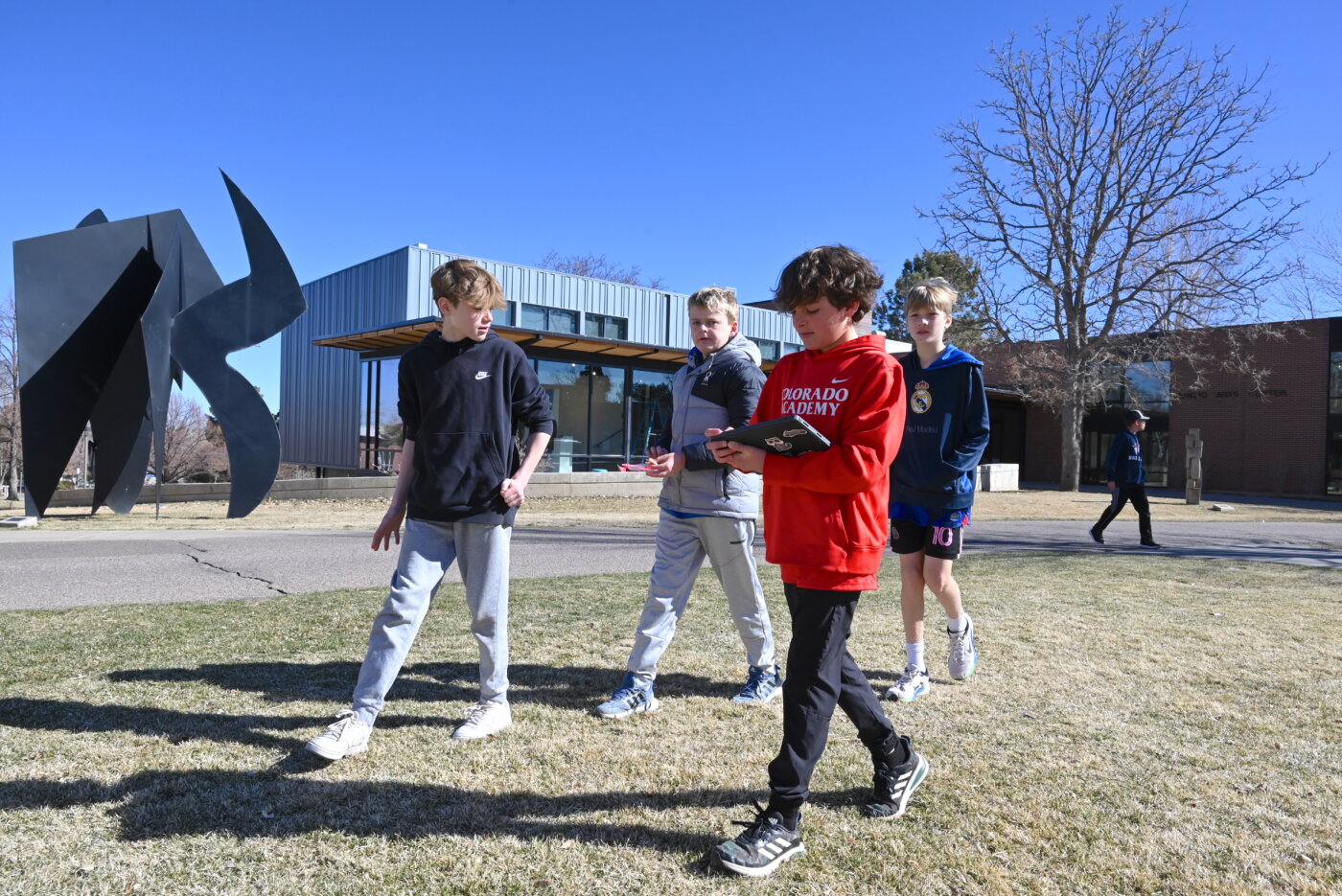
Straining to wrestle clues into verse form is a big part of the fun. “Follow the young rainbow / Through the double double doors” means the entrance to the Middle School; “Through the entrance that Kokopelli guards / Lady Musicians play on your right” signifies the south entrance to Schotters Music Center. Says Olmstead, “Historically CA’s Middle School English curriculum had a huge poetry component. We’ve since evolved away from that in favor of persuasive essays and other prose forms.” But with the treasure poems, he says, students get exposure to rhyming schemes and meter, metaphors and similes, and the art of saying something clearly without giving everything away.
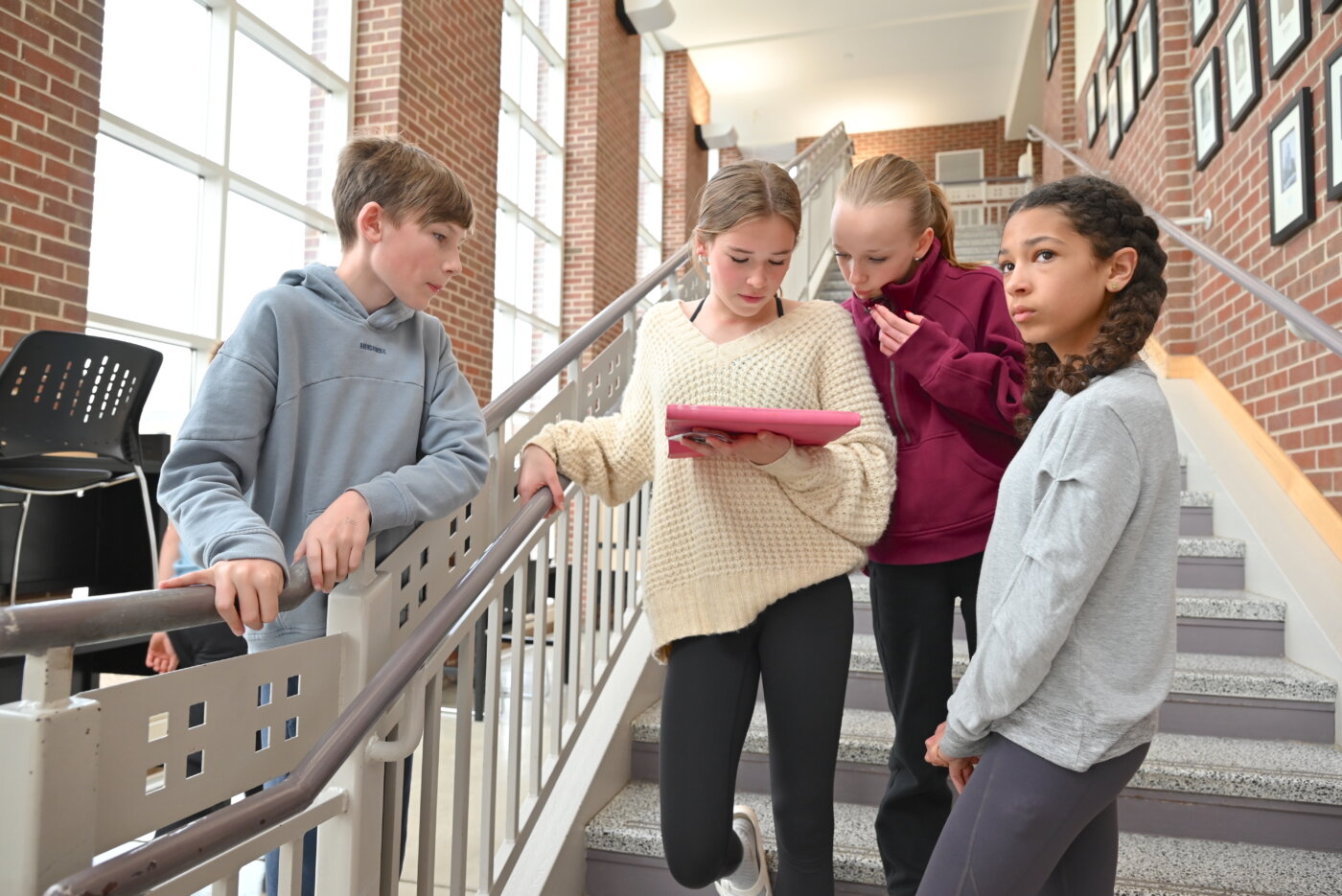
In 2024’s edition of “The Secret,” not all of the hidden keys were found; but that’s fine with Olmstead. The true meaning of the game is easy to spot when he watches students he’s never seen together before work as a group to decipher the poems and connect them with CA’s campus and history.
“Education today—and CA’s no exception—can sometimes feel transactional,” Olmstead observes. “Families come here for the excellent educational and athletic experiences they’ll find. And they expect that after graduation, their kids will go on to succeed in college and the world. That’s the ‘deal’ CA promises.”
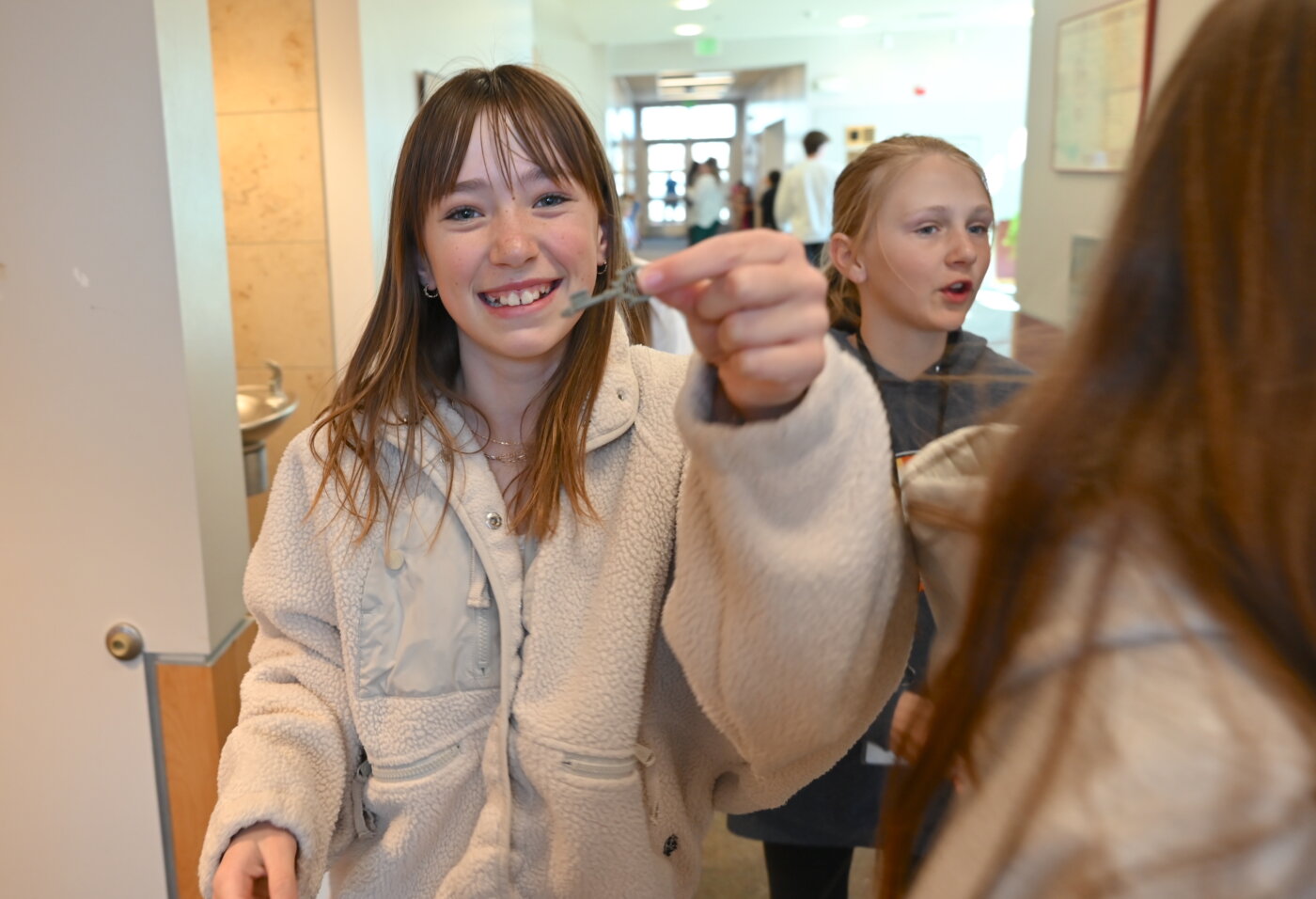
But for Olmstead, what’s most important about the school is the sense of community it inspires—both among today’s families and across the generations before and after. “CA was never only about the content anyone was teaching,” he explains. “The content was important, of course, but what was always at the heart of this school was the way we found ourselves here together. I remember all the moments we laughed in Barry Simmons’ history class, or the times we ‘kidnapped’ Richard Kelly and took him to Winchell’s Donuts for our math lesson. Our teachers were okay with those things. They knew it meant we were making connections that would endure.”
As Olmstead muses in this year’s Poem No. 2, “While these years are mostly swell / My hallways could certainly tell / The tales of those who passed before / As they too sought to escape these doors.” The hunt for what we share is precisely the thing that makes CA the special place it has always been.
